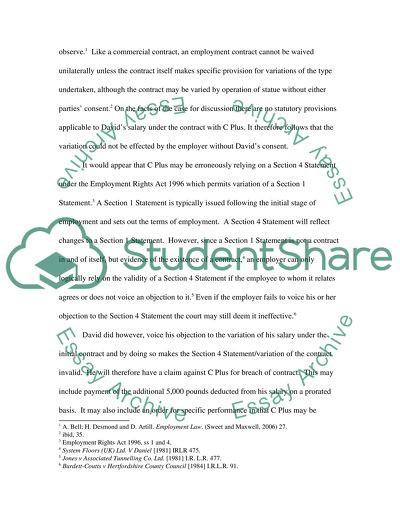Cite this document
(David v C Plus Case Study Example | Topics and Well Written Essays - 2000 words - 5, n.d.)
David v C Plus Case Study Example | Topics and Well Written Essays - 2000 words - 5. Retrieved from https://studentshare.org/law/1553745-employment-law
David v C Plus Case Study Example | Topics and Well Written Essays - 2000 words - 5. Retrieved from https://studentshare.org/law/1553745-employment-law
(David V C Plus Case Study Example | Topics and Well Written Essays - 2000 Words - 5)
David V C Plus Case Study Example | Topics and Well Written Essays - 2000 Words - 5. https://studentshare.org/law/1553745-employment-law.
David V C Plus Case Study Example | Topics and Well Written Essays - 2000 Words - 5. https://studentshare.org/law/1553745-employment-law.
“David V C Plus Case Study Example | Topics and Well Written Essays - 2000 Words - 5”. https://studentshare.org/law/1553745-employment-law.


